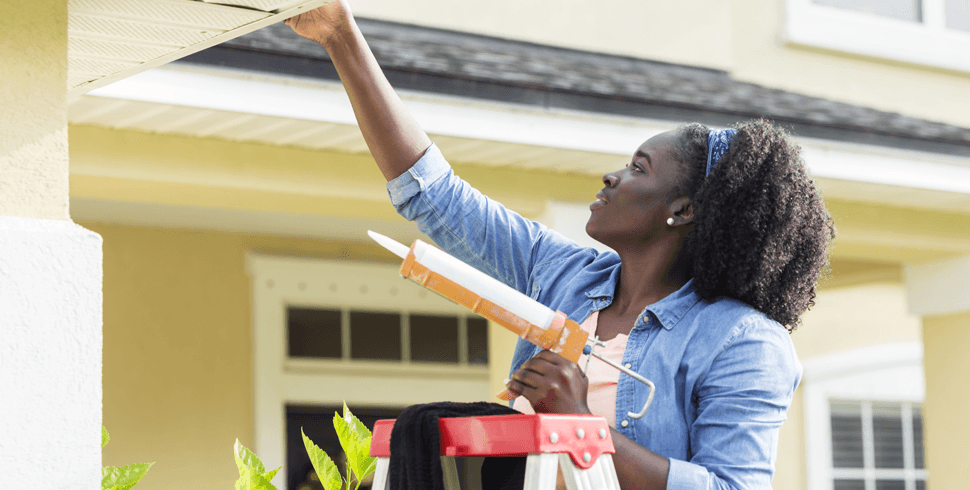By Thomas Duff
•
April 14, 2025
Louisiana residents face significant health hazards due to water damage, particularly from mold and bacteria growth. Exposure to these environmental health risks can lead to serious respiratory issues and other health complications. The aftermath of flooding or leaks creates ideal conditions for harmful microorganisms, which can proliferate rapidly if not addressed promptly. Addressing water damage effectively is crucial for maintaining public health. Homeowners must act quickly to mitigate the impact of moisture in their living spaces. Regular inspections, immediate water removal, and professional remediation services are essential steps to manage these hazards before they escalate into more severe health problems. Drymax emphasizes the importance of understanding the connection between water damage and health risks. By staying informed and proactive, residents can protect themselves from potential ailments associated with stagnant water and mold. Understanding Water Damage in Louisiana Water damage in Louisiana presents significant health and structural risks due to the state's unique environmental challenges. Understanding the historical impact of flooding and the geographic and climatic factors at play is crucial for residents and property owners. Historical Impact of Flooding Louisiana has a long history of flooding, with notable events including Hurricane Katrina in 2005, which devastated New Orleans and surrounding areas. The extensive water damage caused by such disasters often leads to long-term issues like mold growth and structural problems. After Katrina, many homes remained waterlogged, creating ideal conditions for mold to thrive. The recovery efforts revealed widespread mold in affected areas, leading to health concerns for residents. Frequent flooding events highlight the importance of effective water damage remediation strategies. Awareness of historical patterns can guide future planning and response to similar events. Geographic and Climatic Factors Louisiana's geography makes it particularly vulnerable to natural disasters. The state's low-lying terrain and proximity to large bodies of water increase the risk of flooding during hurricanes and heavy rains. The hot, humid climate also contributes to rapid mold growth in water-damaged areas. Mold spores thrive in moisture, and Louisiana's climate creates a challenging environment for remediation. To effectively address water damage, residents must understand their local conditions. Implementing preventative measures, such as proper drainage and flood barriers, can mitigate the impact of flooding and safeguard health. Awareness and preparedness are key to minimizing risks associated with water damage. Health Risks Associated With Mold Mold can pose serious health risks, particularly in water-damaged environments. Exposure to mold spores and mycotoxins may trigger various health issues. Understanding the implications of mold growth and addressing indoor air quality are essential for well-being. Mold Growth and Exposure Mold thrives in damp conditions, making water-damaged areas prime candidates for growth. Mold spores can become airborne and easily spread throughout a building. When inhaled, they may cause allergic reactions, asthma attacks, and other respiratory issues. Individuals may experience symptoms such as: Sneezing Coughing Nasal congestion Skin irritation Certain types of mold, such as Stachybotrys chartarum (commonly known as black mold), can produce mycotoxins that exacerbate health problems. The CDC emphasizes that mold exposure can aggravate asthma and trigger allergic reactions in sensitive individuals. Effective detection and management of mold are crucial to safeguarding health. Mold Remediation and Indoor Environmental Quality Addressing mold issues involves proper remediation to restore indoor air quality. The EPA recommends identifying the moisture source, as controlling humidity is vital for preventing mold regrowth. Key steps in effective remediation include: Containment : Seal affected areas to prevent mold spores from spreading. Removal : Safely remove moldy materials, including drywall or carpeting, where necessary. Cleaning : Use appropriate cleaning solutions to disinfect surfaces. Post-remediation, it's important to monitor indoor conditions. Regular inspections help ensure the environment remains free of moisture and mold. Addressing this issue not only protects health but also improves overall indoor environmental quality.





